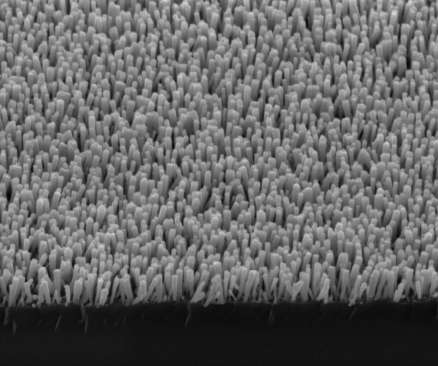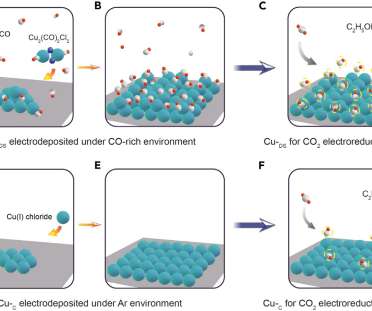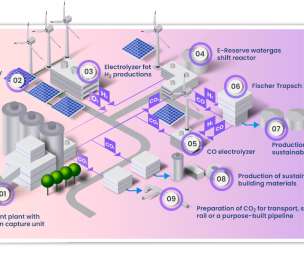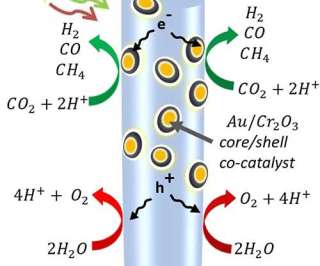Columbia University engineers make breakthrough in understanding electroreduction of CO2 for conversion to electrofuels
Green Car Congress
SEPTEMBER 20, 2018
Recent research in electrocatalytic CO 2 conversion points the way to using CO 2 as a feedstock and renewable electricity as an energy supply for the synthesis of different types of fuel and value-added chemicals such as ethylene, ethanol, and propane. Their paper is published in Proceedings of the National Academy of Sciences (PNAS).








































Let's personalize your content